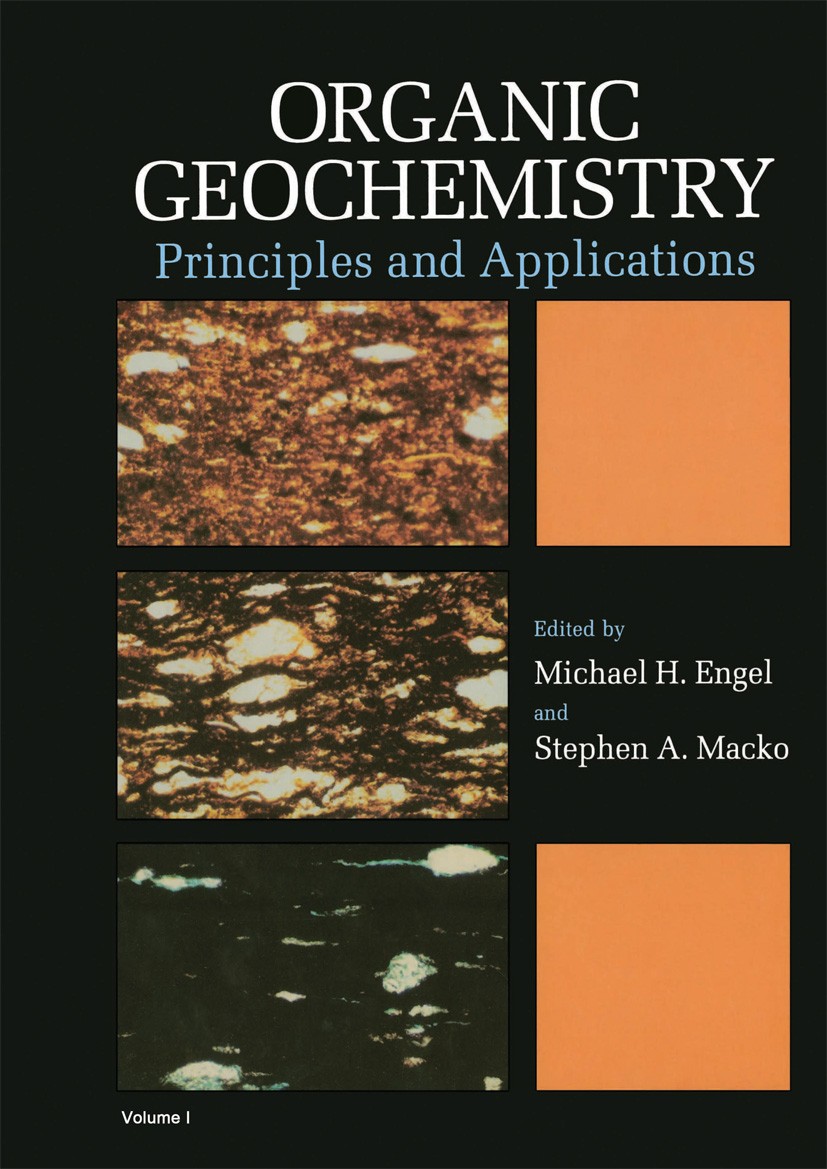Dual-pressure pyrolysis apparatus unravelling how fluid and lithostatic pressure matter in hydrocarbon expulsion
IF 2.5
3区 地球科学
Q2 GEOCHEMISTRY & GEOPHYSICS
引用次数: 0
Abstract
Improvement in thermal simulation technology will increases the accuracy of predictive geochemistry. A dual-pressure pyrolysis apparatus was developed, to precisely control the fluid pressure and lithostatic pressure during simulated source rock maturation. Two series of pyrolysis experiments were carried out, simulating the same generation process but different expulsion fluid pressure condition. Episodic hydrocarbon expulsion from source rocks under controlled lithostatic pressure and fluid pressure was for the first time observed through thermal simulation experiments. The results were applied to (1) hydrocarbon expulsion efficiency (HEE) analysis, and (2) compositional analysis of oil and gas expelled under different pressures. Results show that HEE is strongly influenced by both fluid and lithostatic pressures. If the oil discharged during depressurization and normal pressure is taken into account, the calculated HEE was 2–31 times the HEE that only considers the high fluid pressure expelled oil. Compared with previous experimental results, HEE under controlled dual pressure is also lower. Therefore, before applying the results of thermal simulation experiments to unconventional and deep oil/gas evaluation, sufficient attention should be paid to the pressure conditions of the experiments. Within the oil window, when the temperature and hydrostatic pressure of source rocks are dropped due to tectonic events such as uplift, they can discharge more oil and gas than before uplift, as a consequence of adjustment of over-pressured fluid to re-equilibrate to the adjacent hydrostatic conditions. In addition, during pressure and temperature reduction, the expelled fluids have a higher gas to oil ratio. This helps to indicate that sedimentary basins that experienced tectonic events still have great exploration potential. The temperature program, pressure setup, expulsion conditions in the two-series experiments is a tentative work tested on a representative source rock from the Triassic Yanchang Formation (Ordos Basin), indicating that control of fluid and lithostatic pressure are essential for improving the accuracy of thermal simulation predictions. The dual-pressure pyrolysis apparatus has high exploration relevance, particularly when quantitative results are integrated with the depositional, tectonic and thermal histories of specific source rocks.
双压力热解装置揭示了流体压力和静岩压力在排烃过程中的作用
热模拟技术的改进将提高预测地球化学的准确性。为了精确控制模拟烃源岩成熟过程中的流体压力和静岩压力,研制了双压力热解装置。进行了两个系列的热解实验,模拟了相同的生成过程,不同的排液压力条件。通过热模拟实验,首次观察到烃源岩在控制静岩压力和流体压力下的幕式排烃现象。结果应用于(1)排烃效率(HEE)分析和(2)不同压力下排烃油气成分分析。结果表明,流体压力和静岩压力对HEE的影响都很大。如果考虑减压和常压时排出的油,计算出的HEE是只考虑高压排出油的HEE的2-31倍。与以往的实验结果相比,可控双压下的HEE也更低。因此,在将热模拟实验结果应用于非常规及深部油气评价之前,应充分重视实验的压力条件。在油窗内,当烃源岩由于隆起等构造事件导致温度和静水压力下降时,由于超压流体的调整,使其重新平衡到邻近的静水条件,使其比隆起前释放更多的油气。此外,在减压和降温过程中,排出液具有更高的气油比。这有助于说明经历过构造事件的沉积盆地仍有很大的勘探潜力。两组实验的温度程序、压力设置、排烃条件是在鄂尔多斯盆地三叠系延长组典型烃源岩上进行的尝试性实验,表明流体压力和静岩压力的控制是提高热模拟预测精度的关键。双压力热解装置具有很高的勘探相关性,特别是当定量结果与特定烃源岩的沉积、构造和热史相结合时。
本文章由计算机程序翻译,如有差异,请以英文原文为准。
求助全文
约1分钟内获得全文
求助全文
来源期刊

Organic Geochemistry
地学-地球化学与地球物理
CiteScore
5.50
自引率
6.70%
发文量
100
审稿时长
61 days
期刊介绍:
Organic Geochemistry serves as the only dedicated medium for the publication of peer-reviewed research on all phases of geochemistry in which organic compounds play a major role. The Editors welcome contributions covering a wide spectrum of subjects in the geosciences broadly based on organic chemistry (including molecular and isotopic geochemistry), and involving geology, biogeochemistry, environmental geochemistry, chemical oceanography and hydrology.
The scope of the journal includes research involving petroleum (including natural gas), coal, organic matter in the aqueous environment and recent sediments, organic-rich rocks and soils and the role of organics in the geochemical cycling of the elements.
Sedimentological, paleontological and organic petrographic studies will also be considered for publication, provided that they are geochemically oriented. Papers cover the full range of research activities in organic geochemistry, and include comprehensive review articles, technical communications, discussion/reply correspondence and short technical notes. Peer-reviews organised through three Chief Editors and a staff of Associate Editors, are conducted by well known, respected scientists from academia, government and industry. The journal also publishes reviews of books, announcements of important conferences and meetings and other matters of direct interest to the organic geochemical community.
 求助内容:
求助内容: 应助结果提醒方式:
应助结果提醒方式:


